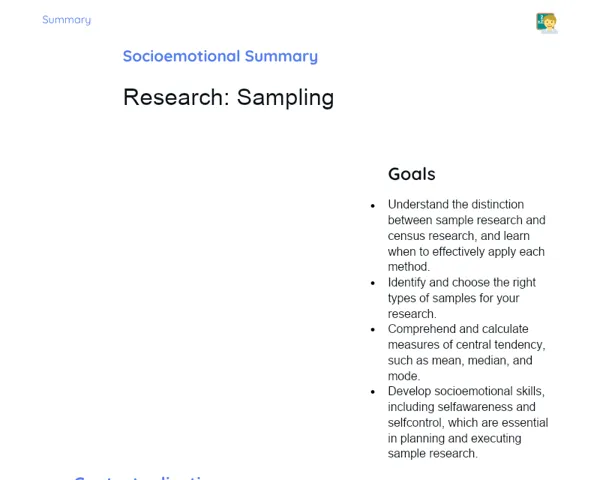Goals
1. Identify and differentiate the equations of conics: ellipse, hyperbola, and parabola.
2. Calculate the lengths of the axes and determine the eccentricity of various conics.
3. Apply conic concepts to solve real-world problems.
Contextualization
Analytic Geometry, specifically the exploration of conics, is vital not only for theoretical mathematics but also for numerous fields in science and engineering. Conics, which encompass ellipses, hyperbolas, and parabolas, manifest in various everyday scenarios. For example, the orbits of planets around the Sun are elliptical, while the design of a parabolic dish optimally focuses satellite signals to one point, enhancing data reception. Moreover, the architecture of bridges and other structures can leverage hyperbolas to efficiently manage stress distribution.
Subject Relevance
To Remember!
Ellipse
An ellipse is defined as the set of points in a plane where the sum of distances to two fixed points (foci) remains constant. This shape is prevalent both in nature and engineering, particularly in the context of planetary orbits and satellite systems.
-
The standard equation of an ellipse is x²/a² + y²/b² = 1, where 'a' and 'b' represent the lengths of the semi-major and semi-minor axes, respectively.
-
The eccentricity (e) of an ellipse is calculated as e = √(1 - b²/a²), and its value ranges between 0 and 1.
-
Ellipses are instrumental in modeling planetary orbits and are also used in the construction of reflectors and lenses.
Hyperbola
A hyperbola consists of all points in a plane where the difference of distances to two fixed points (foci) is constant. This shape frequently emerges in various physical phenomena and engineering applications.
-
The standard equation for a hyperbola is x²/a² - y²/b² = 1, where 'a' and 'b' denote the semi-axis lengths.
-
The eccentricity (e) of a hyperbola is expressed as e = √(1 + b²/a²), and it always exceeds 1.
-
Hyperbolas are utilized for modeling various phenomena like shock waves and cooling curves.
Parabola
A parabola is defined as a set of points in a plane that are equidistant from a fixed point (focus) and a fixed straight line (directrix). It has widespread applications in engineering and physics.
-
The standard equation of a parabola is y² = 4ax, where 'a' indicates the distance from the vertex to the focus.
-
Parabolas have an eccentricity value of 1.
-
They are prominently used in parabolic antennas and reflectors because of their ability to concentrate parallel rays at a single point.
Practical Applications
-
Planetary Orbits: According to Kepler's laws, the orbits of planets around the Sun are ellipses.
-
Parabolic Antennas: Leveraging the parabolic shape allows for enhanced focusing of satellite signals at a reception point, improving the quality of the signals.
-
Civil Engineering: The design of bridges and similar structures utilizes hyperbolas to effectively distribute stresses, thereby ensuring stability and safety.
Key Terms
-
Ellipse: A collection of points where the total distance to two foci remains constant.
-
Hyperbola: A collection of points where the variance in distance to two foci is constant.
-
Parabola: A collection of points that are equidistant from a fixed point (focus) and a straight line (directrix).
-
Eccentricity: A measurement indicating how flattened a conic is.
-
Semi-major axis: The longest distance from the center of an ellipse to its boundary.
-
Semi-minor axis: The shortest distance from the center of an ellipse to its circumference.
Questions for Reflections
-
How can insights into conics spur innovations in technology-oriented products?
-
In what manners do conic sections impact the architectural design of structures?
-
What are the benefits of studying conics in relation to advancing new communication technologies?
Practical Challenge: Exploring Conics through Physical Models
This mini-challenge is designed to solidify your comprehension of conics by constructing physical models. It serves as a hands-on opportunity to put into practice the concepts you've acquired.
Instructions
-
Form groups of 3-4 participants.
-
Select one of the conics (ellipse, hyperbola, or parabola) to model.
-
Gather materials such as cardboard, strings, pins, a ruler, scissors, and glue to create your model.
-
For the ellipse: mark two focal points on the cardboard, secure two pins at these positions, and encircle the string around them. Stretching the string with a pencil, sketch the ellipse.
-
For the hyperbola: draw two straight lines representing the asymptotes, identify the foci, and sketch the hyperbola using the principle of constant distance differences.
-
For the parabola: place a pin for the focus and draw the directrix. Employ a ruler to sketch the parabola, ensuring that distances to the focus and directrix are equal.
-
Present your model to the class, detailing the construction method and the geometric traits of the selected conic.



